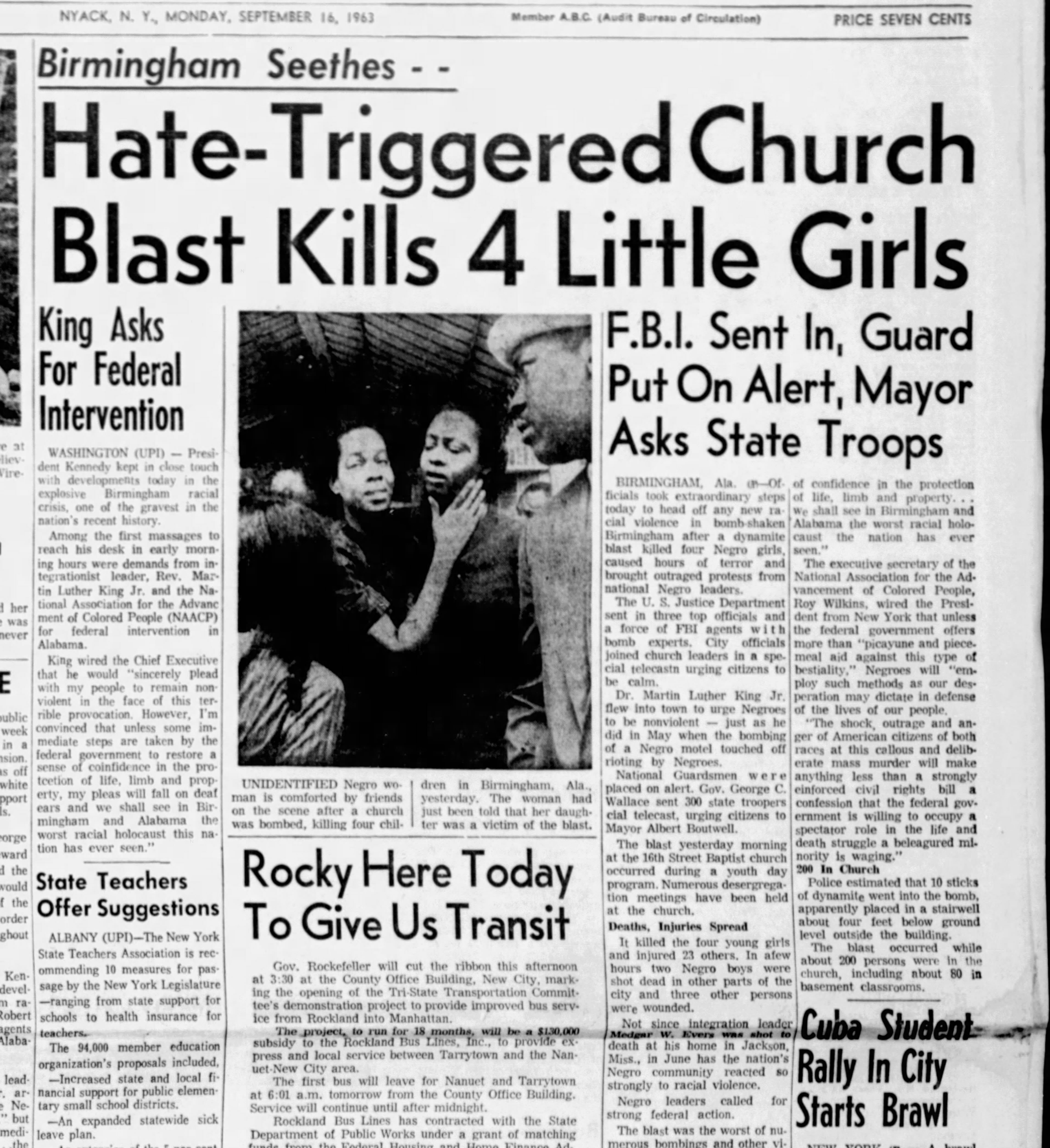How News Articles can Save You Time, Stress, and Money.
How News Articles can Save You Time, Stress, and Money.
Blog Article
The Facts About News Articles Revealed
Table of ContentsThe Ultimate Guide To News ArticlesNews Articles Fundamentals ExplainedSee This Report about News ArticlesRumored Buzz on News ArticlesNews Articles Things To Know Before You Buy
Great expertise of various subjects provides pupils an one-upmanship over their peers. Despite the fact that digital and social media are easily available, we need to not fail to remember just how important it is to review the newspapers. Parents should attempt and instill the practice of checking out a paper as an everyday routine to continue the heritage of the revered print tool.Information tales likewise contain at least one of the following essential attributes family member to the desired target market: distance, importance, timeliness, human interest, anomaly, or consequence.
Within these restrictions, information tales additionally aim to be comprehensive. Nevertheless, other factors are entailed, some stylistic and some obtained from the media kind. Amongst the larger and extra revered papers, fairness and equilibrium is a significant consider offering information. Discourse is typically restricted to a separate area, though each paper might have a different total slant.
Newspapers with an international target market, for instance, tend to utilize a more formal design of composing. The specific choices made by an information electrical outlet's editor or content board are typically collected in a style overview; usual design guides consist of the and the United States Information Design Book. The major objectives of information writing can be summed up by the ABCs of journalism: precision, brevity, and clarity.
See This Report on News Articles
As a regulation, journalists will certainly not make use of a long word when a brief one will certainly do. Information authors try to stay clear of using the very same word more than once in a paragraph (often called an "resemble" or "word mirror").
Headlines occasionally leave out the topic (e.g., "Jumps From Watercraft, Catches in Wheel") or verb (e.g., "Pet cat woman fortunate"). A subhead (likewise subhed, sub-headline, subheading, subtitle, deck or dek) can be either a subservient title under the main headline, or the heading of a subsection of the write-up. It is a heading that comes before the primary message, or a team of paragraphs of the major message.

of a post subject, informant, or interviewee), it is described as a pulled quote or draw quote. Additional signboards of any of these kinds may show up later on in the short article (specifically on subsequent web pages) to entice further analysis. Journalistic sites often make use of animation methods to switch one billboard for one more (e.g.
Some Ideas on News Articles You Need To Know
Such billboards are likewise used as reminders to the article in various other sections of the magazine or website, or as ads for the piece in various other publication or sites. News release of the Swiss federal government. Common structure with title, lead paragraph (recap in vibrant), various other paragraphs (details) and call info.

Instance of a hard-lead paragraph NASA is proposing another room task. The budget demands about $10 billion for the job.
The NASA announcement came as the company asked for $10 billion of appropriations for the job. An "off-lead" is the 2nd most important front page information of the day. The off-lead shows up either in the top left edge, or straight listed below the lead on the right. To "bury the lead" is to begin the short article with history info or information of additional significance to the readers, compeling them to learn more deeply into a write-up than they should have to in order to uncover the important points.
The 6-Minute Rule for News Articles
Usual use is that or two sentences each create their own paragraph. Reporters normally describe the company or framework of a newspaper article as an inverted pyramid. The necessary and most interesting elements of a story are placed at the beginning, with sustaining information complying with in order of reducing importance.
It allows people to explore a subject to just the deepness that their interest takes them, and without the imposition of information or nuances that they can take into consideration pointless, but still making that info offered to more interested visitors. The inverted pyramid structure also makes it possible for posts to be cut to any type of arbitrary length during design, to suit the space readily available.
Some authors start their tales with the "1-2-3 lead", yet there are several sort of lead offered. This format invariably starts with a "Five Ws" opening paragraph (as defined over), followed by an indirect quote that serves to support a significant element of the very first paragraph, and then a direct quote to support the indirect quote. [] A website here kicker can refer to several points: The last story current program; a "satisfied" story to finish the show.
Longer posts, such as publication cover posts and the items that lead the within areas of a paper, are known as. Feature tales vary from straight information in a number of means.
The Single Strategy To Use For News Articles
A feature's initial paragraphs often connect an intriguing minute or occasion, as in an "unscientific lead". From the details of a person or episode, its sight rapidly widens to generalizations about the tale's subject.

The Editor's Toolbox: A Reference Overview for Beginners and Professionals (2001) Allan M. Siegal and William G. Connolly. The New York Times Manual of Design and Use: The Official Design Guide Used by the Writers and Editors of the Globe's Many review Authoritative Newspaper (2002) M. L. Stein, Susan Paterno, and R.
Report this page